1. Apollonia
Apollonia is an ancient town found on the central coast of Albania. It is found 14 km away from the Adriatic Sea. Apollonia is built on top of a hill nearby to the Vjosa river that connects it with the sea. Unlike other ancient towns of Albania, Apollonia was built within the mainland and 12 km far from it you find the city of Fier. Archeologists refer it as the Albanian Pompei, and they say the Apollonia had played a significant role as a trade intermediary between Hellenes and Illyrians of that time. In the town, at some point, there was also a school for philosophy.
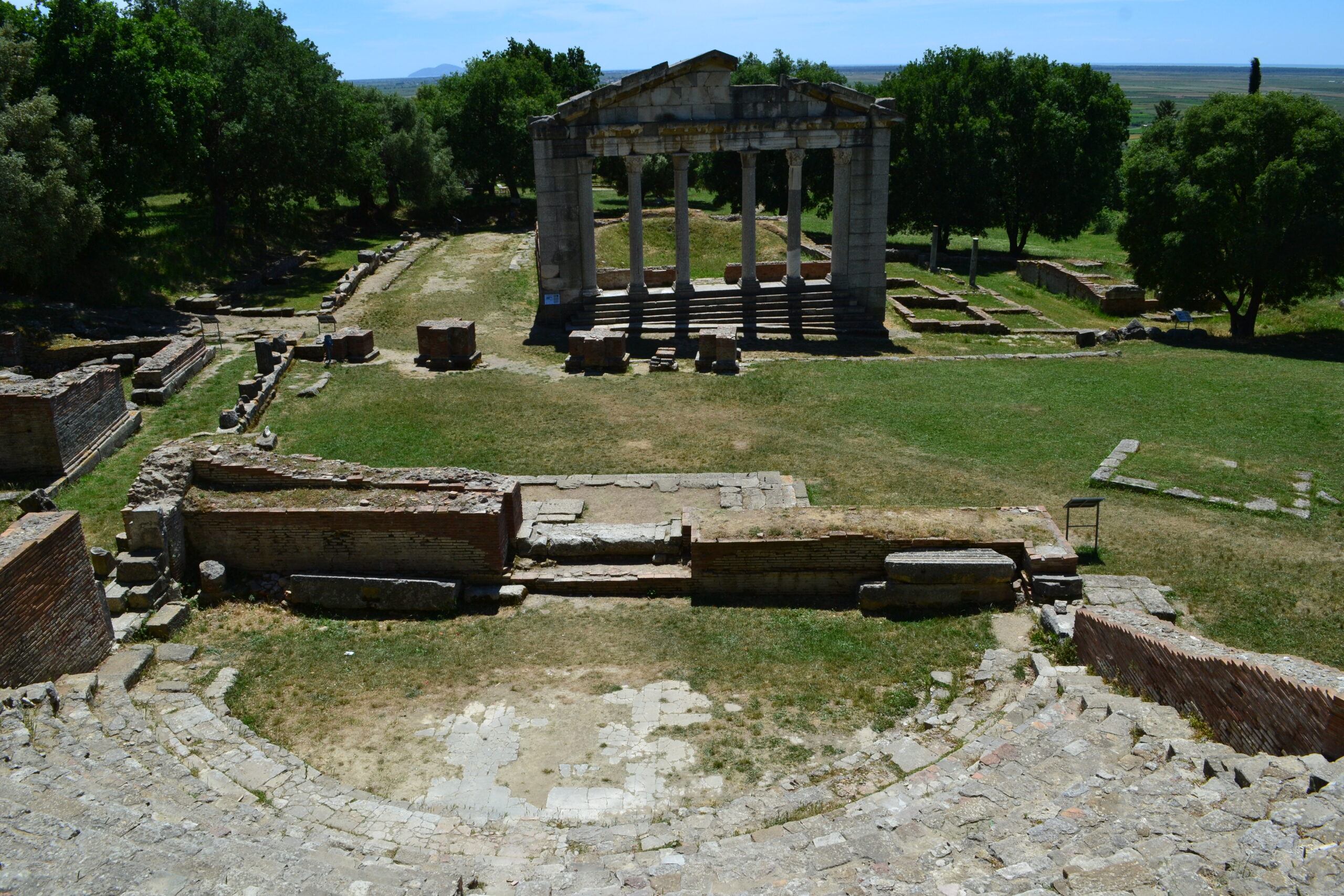
2. Butrint National Park
Albania’s Butrint National Park is a 9,400-hectare oasis of natural beauty. With its proximity to Greece, the park is also home to numerous historical sites dating back to the Iron Age through the Middle Ages. A guided tour is the best way to explore all that the park has to offer, from ancient ruins to beautiful scenery.
The astonishing archaeological wealth of Albania’s Butrint National Park is world-renowned. In addition to the remains of a basilica, a Roman theater, and a late-antique baptistery, the park is home to two castles. Butrint’s natural beauty has also been recognized by UNESCO, which designated the park a World Heritage Site.
Whether you’re looking to explore history or simply take in some breathtaking scenery, the Albanian National Park is definitely worth a visit.

3. The city of Berat
Berat is a historic city located in central Albania. The city is known for its many churches and mosques, as well as its castle, which is a UNESCO World Heritage Site. Its stone and alabaster buildings form the unique character of the city.
Berat is home to many fig trees and is split by the Osumi river. The city has a reputation for being The City of a Thousand Windows, due to the evenly spaced portals that are cut into the stone facades. Berat is an ancient Illyrian settlement that was turned into a Byzantine frontier town. Nearby the city you can go for hiking to one of the most gorgeous mountains of Albania, Mali i Tomorrit.
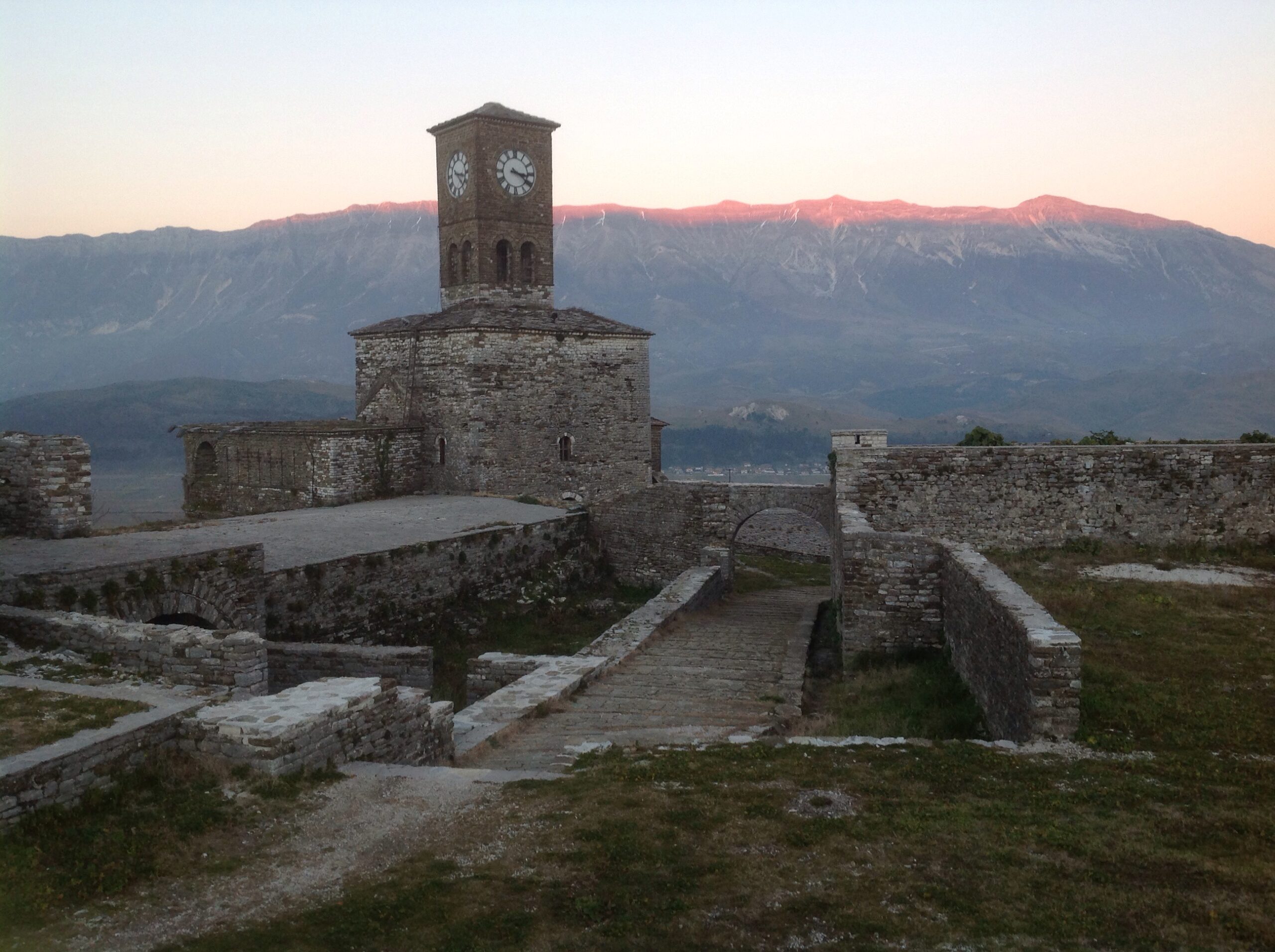
4. Theth National Park
Theth National Park is one of the most beautiful places in Albania. With its Grunas Waterfall, stunning scenery and the Lock-in Tower, Theth is a designated area of outstanding natural beauty. The mountain peaks of Theth, Boga, Razma and Vermoshi are some of the most unforgettable experiences you can have in Albania. If you’re a hiker or nature lover, Theth should definitely be one of the places you visit during your trip to Albania.
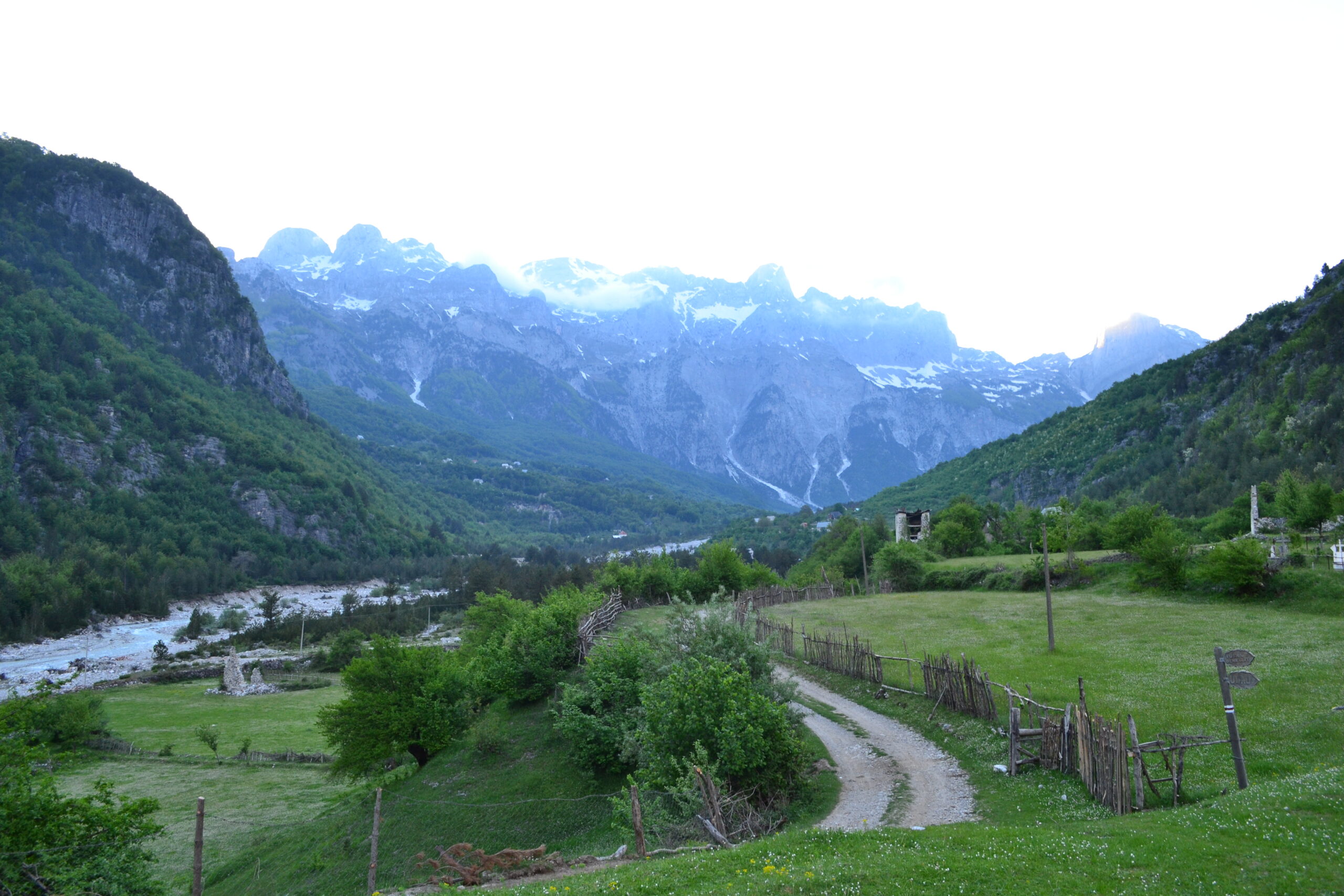
5. Valbona Valley
Valbona, a place that has been called ‘the Good-valley’ by its inhabitants, is a valley and river that runs through it. The main village in this area is Valbona, which can be found at the bottom of the valley. A wild, high mountainous region inhabited by reliable and fiercely independent people called “Malesorë” (highlanders) exists here.
The district, bordering with Kosovo to the northeast and Montenegro to the northwest, and Theth National Park in the southwest, is part of the Accursed Mountains and is one of many such regions in Albania. It has been called “Europe’s last wilderness” by some travel guides because its civilization has not touched an unspoiled this natural treasure.
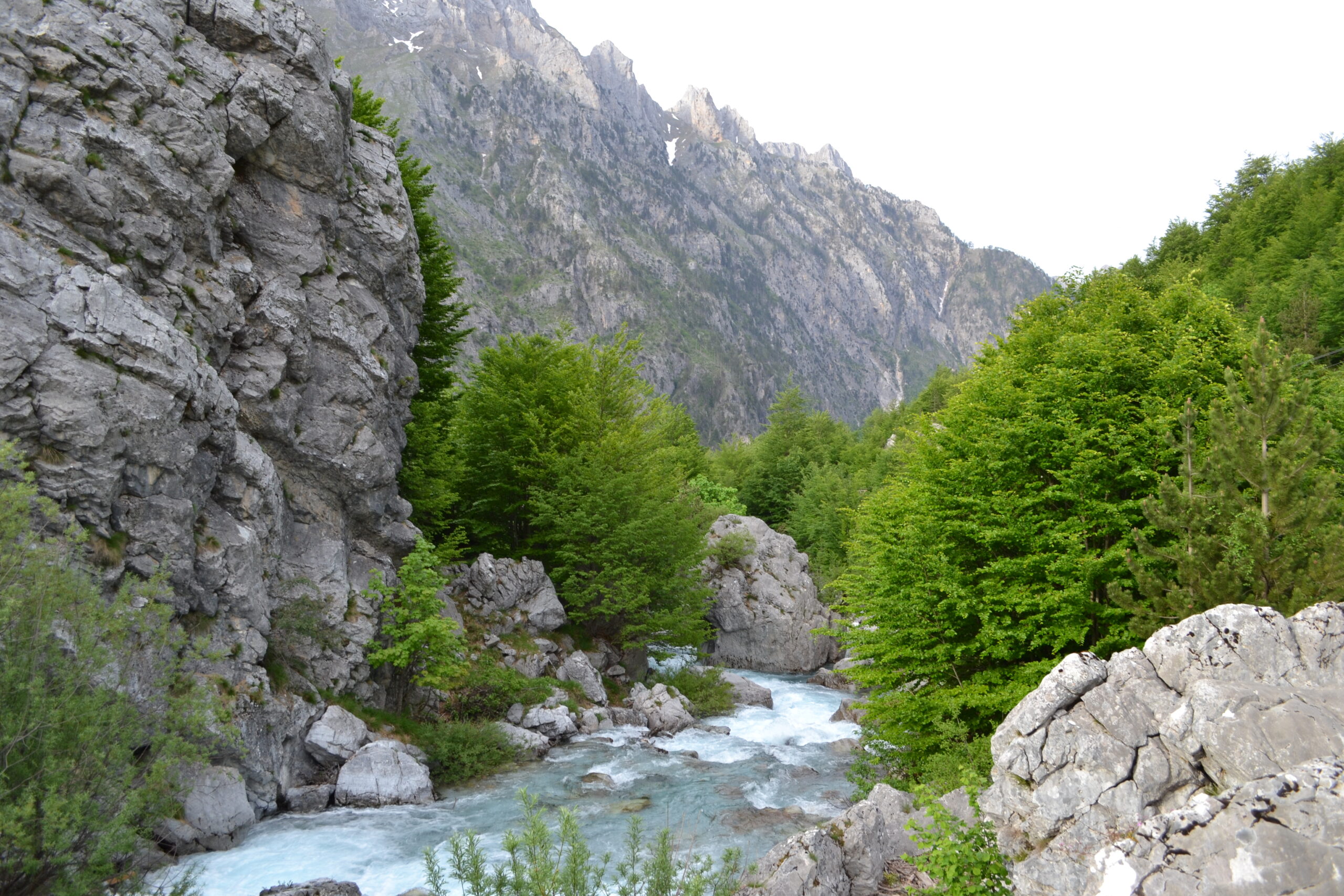
6. Lake Koman
If you’re looking for the most breathtaking scenery in the entire Balkans, visiting Lake Koman in Albania should be on your bucket list. Often described as one of the world’s great boat trips, the journey takes visitors from the hydro-electric dam at Koman to the port of Fierza.
While the locals that use the boat regularly may now take this rugged beauty for granted, any first-time visitor will find the sights from this trip to be truly jaw-dropping. The trip on the ferry is also a great opportunity to see what life is like for many Albanians in remote areas.
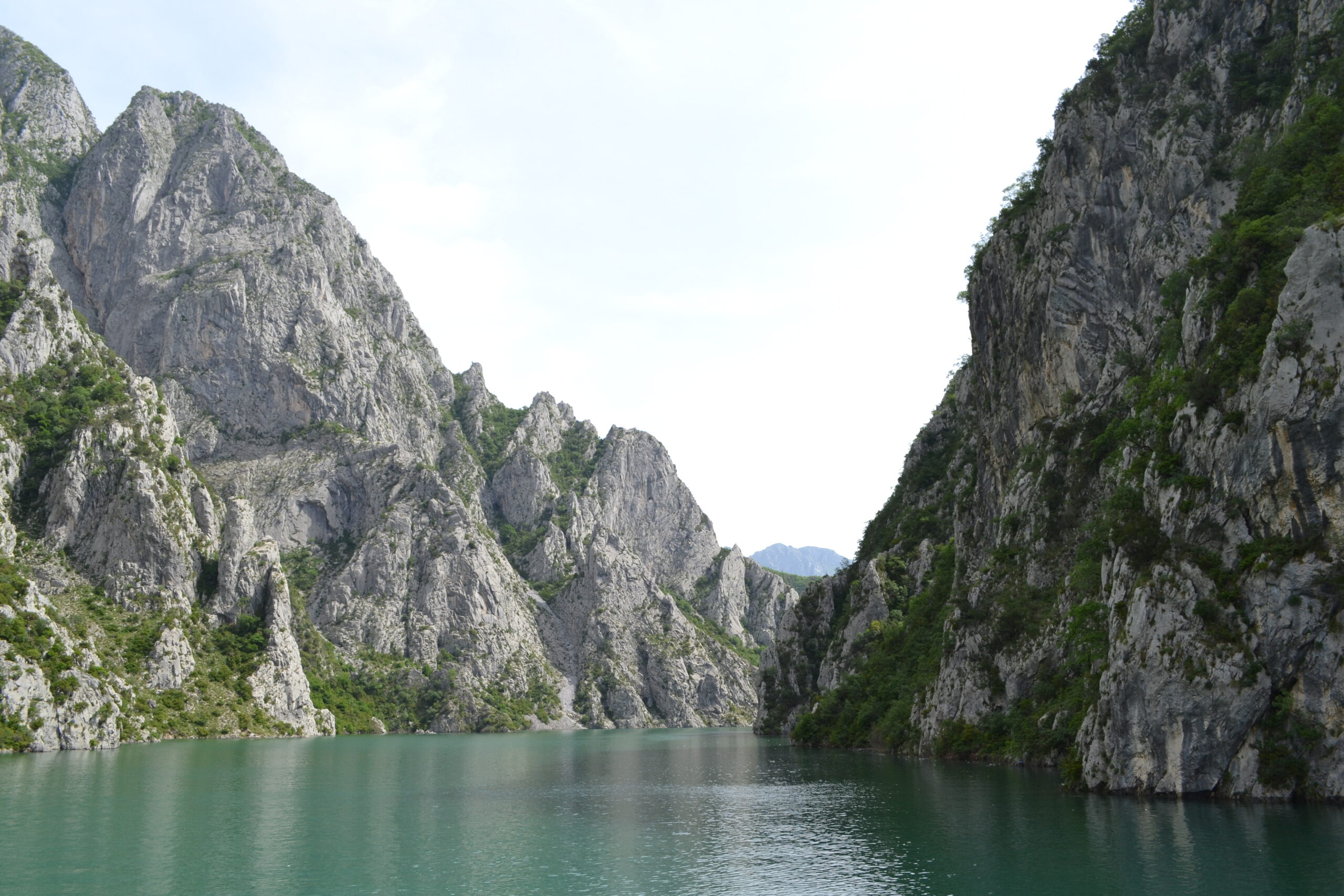
7. Përmet
City of Përmet is known for its thermal springs and its roses spread around the houses of locals. Its springs are highly curative and recommended by doctors. They are located on the banks of the Langarica Canyon. This site of the city attracts hundreds of tourists from all over the world every year. Through the rocks of the canyon flows the Langarica river, known by locals as the blessed river.
One of Përmet’s most distinctive features is its roses, which are found throughout town and in historic houses. If ever heard about Gluko Permeti, this is the place you can find the original.
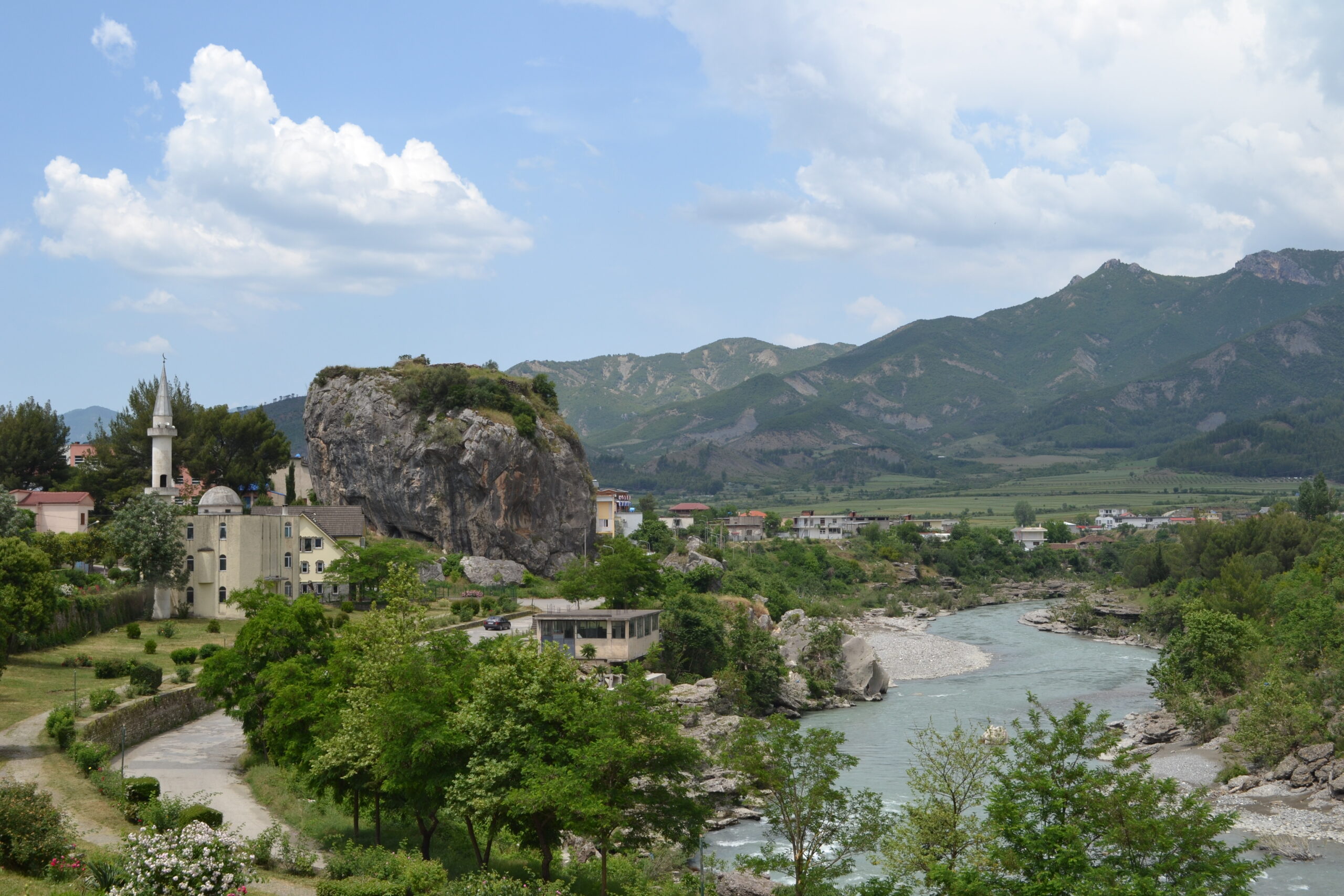
8. Syri i kaltër
Looking for a breathtaking swimming spot in Albania? Then look no further than Syri Kalter, also known as the Blue Eye. This gorgeous river is situated near Saranda and gets its name from its stunningly fountain clear waters. You can enjoy a refreshing swim here during the summer months surrounded by beautiful mountains and lush greenery.
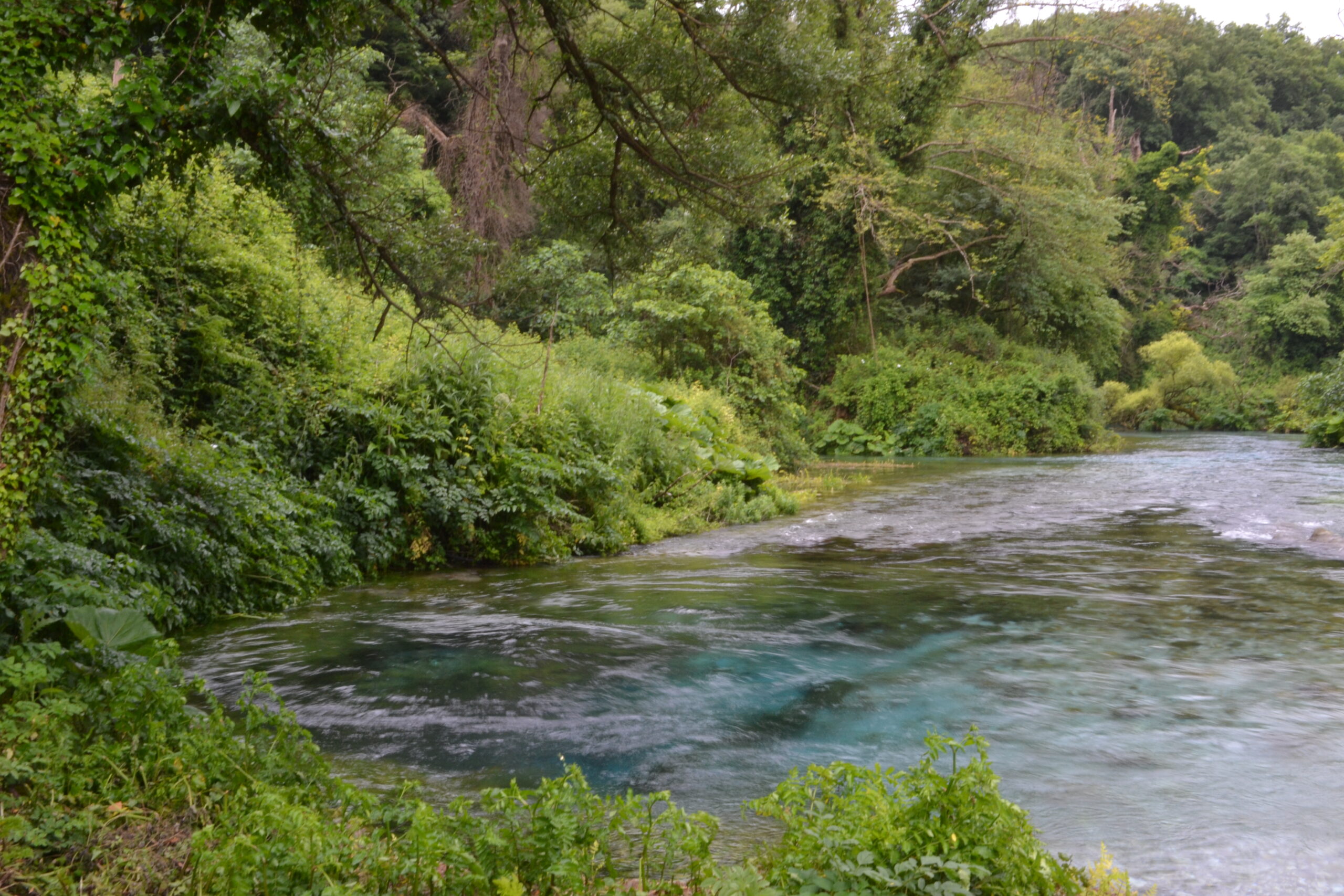
10. Gjirokastër
Gjirokastra is one of the most beautiful and unique cities in Albania. It is known for its amazing Ottoman period architecture, with houses that look like small castles. The city also has a great military museum and art gallery in its castle, which dominates the skyline.
Gjirokastra is a beautiful city in Albania that is known for its Ottoman bazaar. Every five years, the city hosts a folklore festival that attracts visitors from all over the country. The last festival was held in 2015 and featured traditional music, dance, and food.

11. Llogara National Park
Llogara National Park is a place where you can find some of the most magnificent creatures on Earth. The golden eagle, European wildcat and fallow deer all call this park home.
Ranging from the alpine peaks of the Ceraunian Mountains covered in snow in winter to the sunny Ionian Sea Coast in summer, the Riviera offers something for everyone. Don’t miss the Llogara Pass, which provides a stunning view of tall mountains overlooking the Riviera and several islands in the sea.
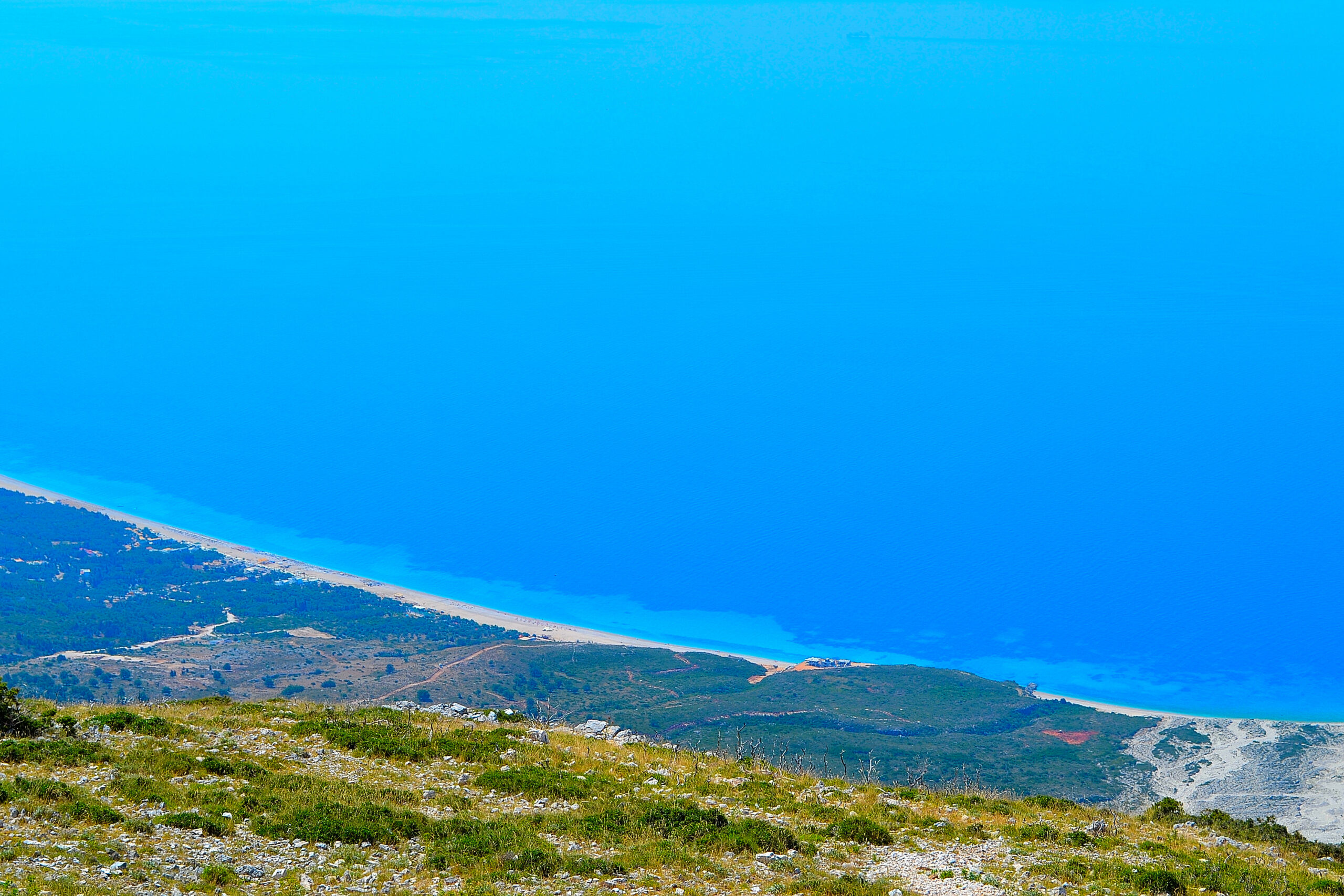
12. Tirana
For many visitors, Tirana, the capital city of Albania, can be as a starting point. The city is home to few must-see locations. The people here, like the majority of Albanian locals, are exceptionally friendly. Tirana will surprise you with excellent food and drinks to offer.
The most important place of Tirana is the Skanderbeg Square, where the National Historical Museum can be found. Tirana is the most energetic city of Albania, with cultural activities happening around the city every month. There are galleries, museums and music that bring a sense of artistry to the core of the capital.
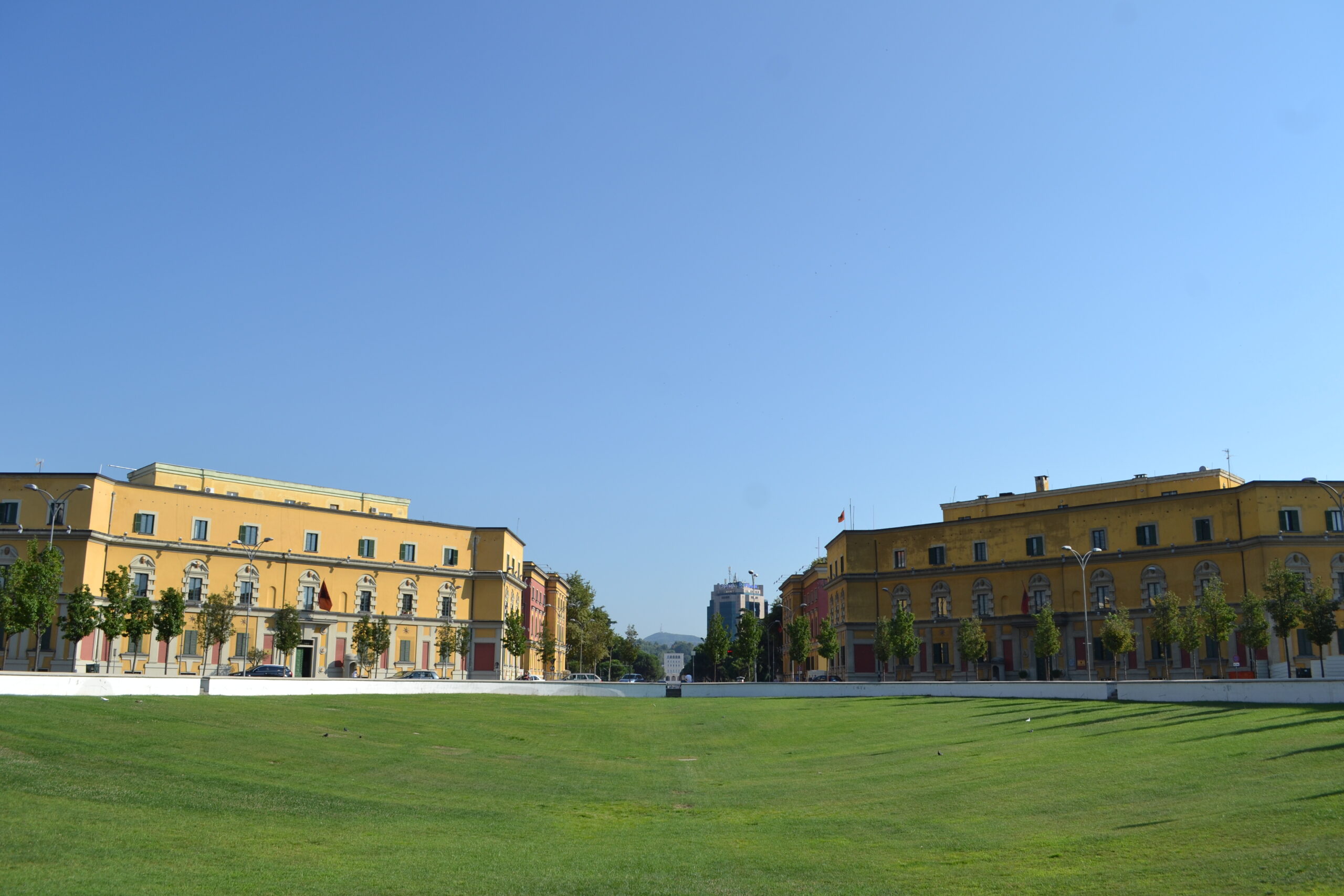
13. Kruja
Kruja is located a short trip from Tirana. It is home to the national enthographic museum and the Skanderbeg National Hero’s Museum. The museum is located in the Kruja castle which makes the most popular tourist attraction.
The castle is known as the fortress that Skanderbeg – George Kastrioti – defended the country from Ottoman invasion over a period span of three decades. The castle also offers amazing views of the Adriatic Sea.
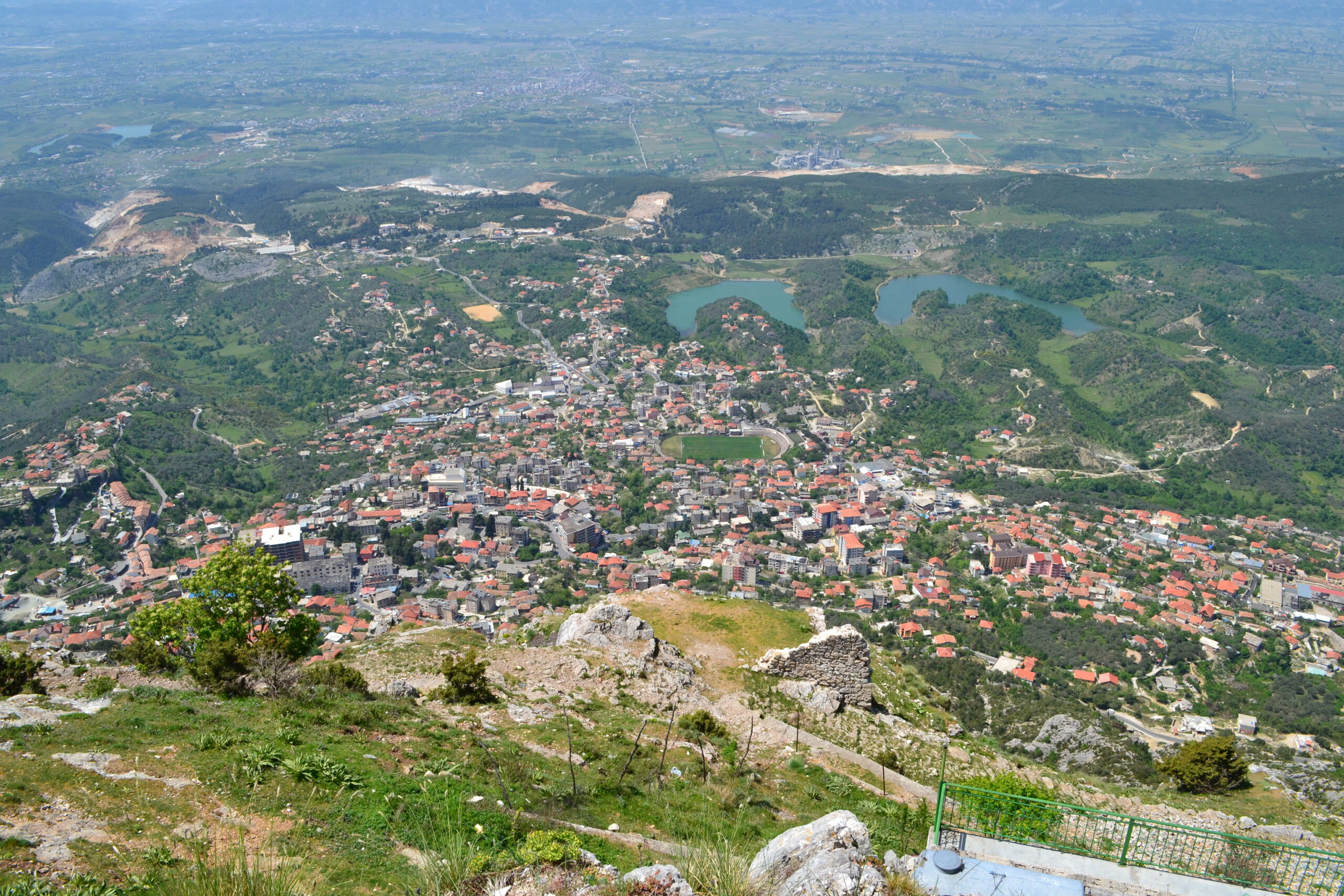
14. Ksamil
Ksamil can be called as the highlight of the Albanian Riviera. It is a remote group of three small islands. They are located just off the coast and can be accessible only by boat.
The Islands are the best example of the untouched and unspoiled nature-kind of Albania.
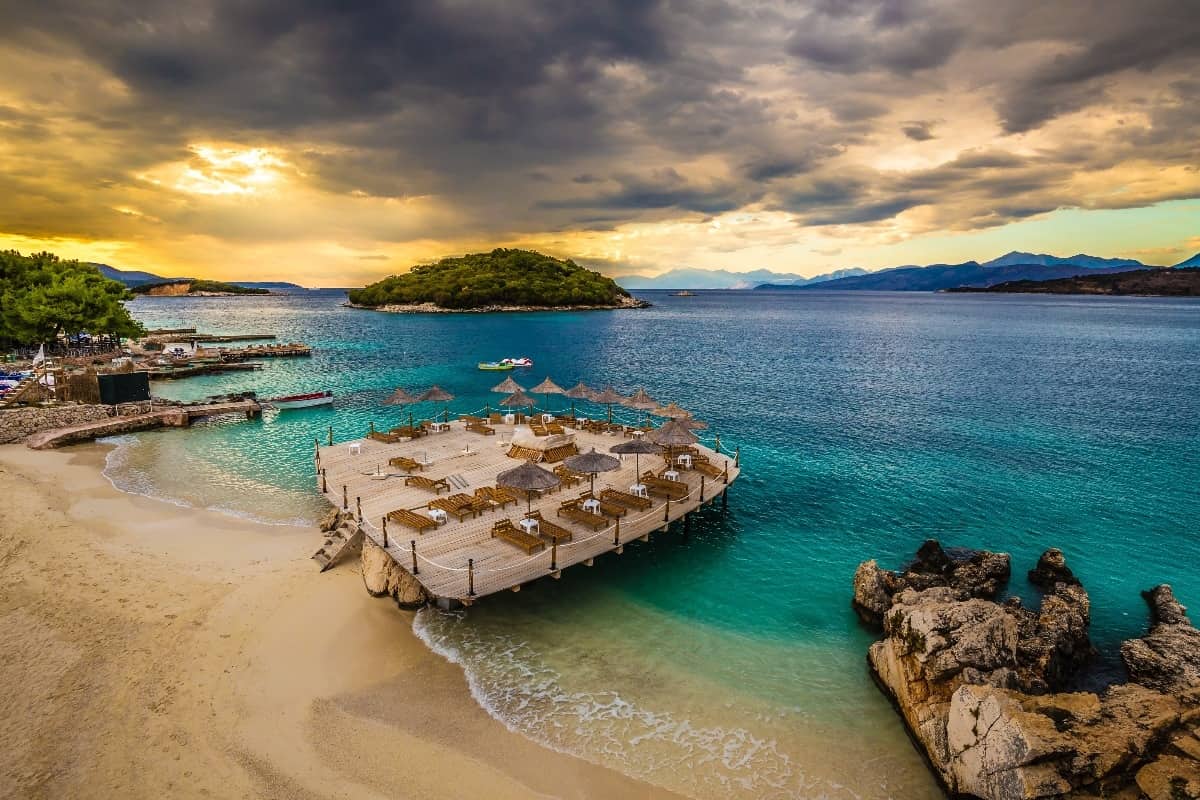
15. Durrës
Durres is the oldest city in Albania. It is home to the main port of the country and to the biggest amphitheater in the Balkans. In the northern part of the city stretches the coastal bay of Gjiri i Lalzit, one of the most beautiful places to visit.
Tourists should take time and schedule to visit the Durres Archaeological Museum, the Aleksander Moisiu Theatre and the Royal Villa of Durres.
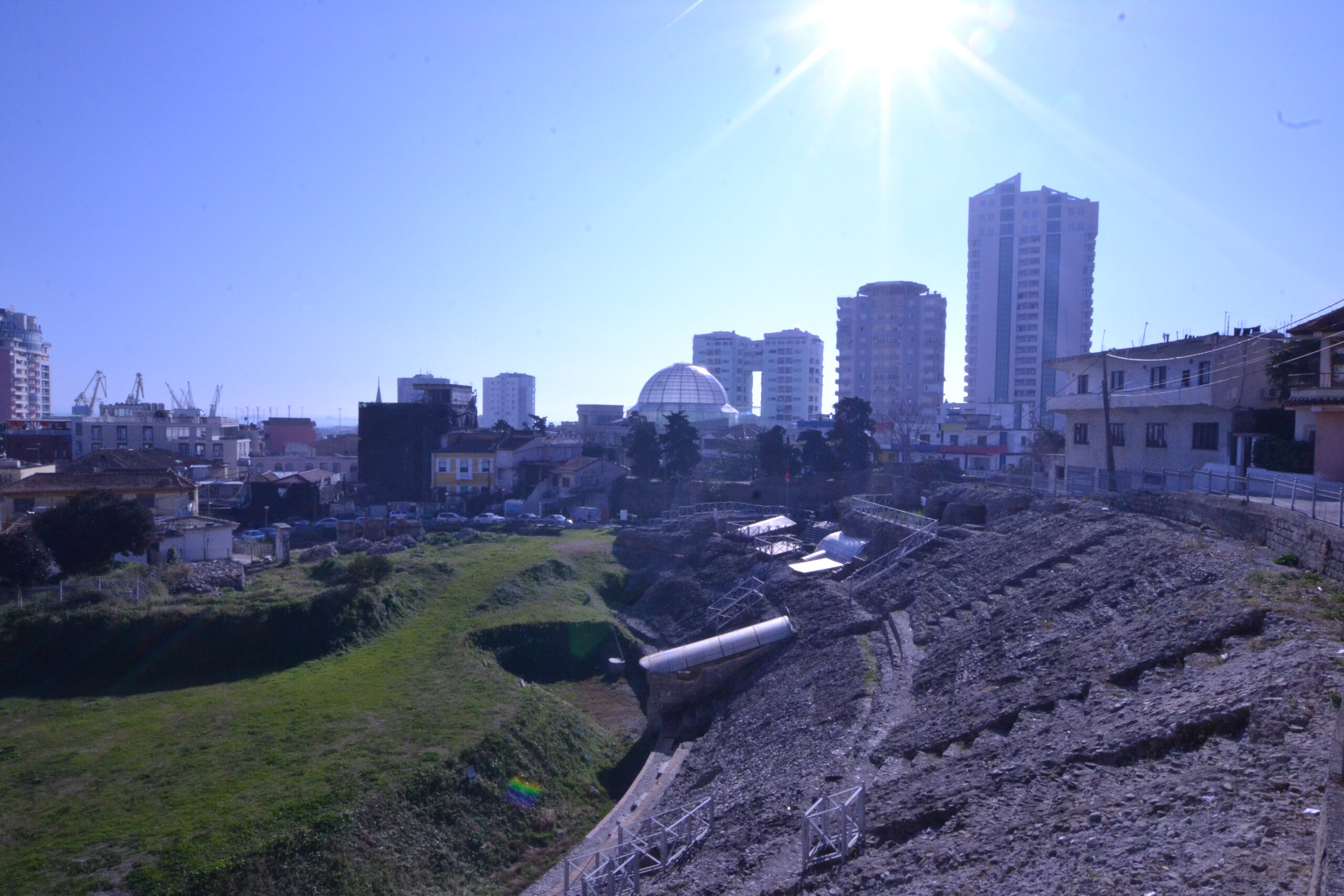
16. Shkodër
The Albanians consider Shkodra as the city of culture. It is the largest city of Albania which hosts events such as Carnival, Lake Day, Jazz Fest and Children’s Festival. Is a city full of history that played a special role during the Balkans war.
Shkodra is also the city where many poets, musicians, and legends of Albanian culture were born. The famous Migjeni theatre is in Shkodra with the Marubi Museum that hosts works by earlier Albanian photographers.
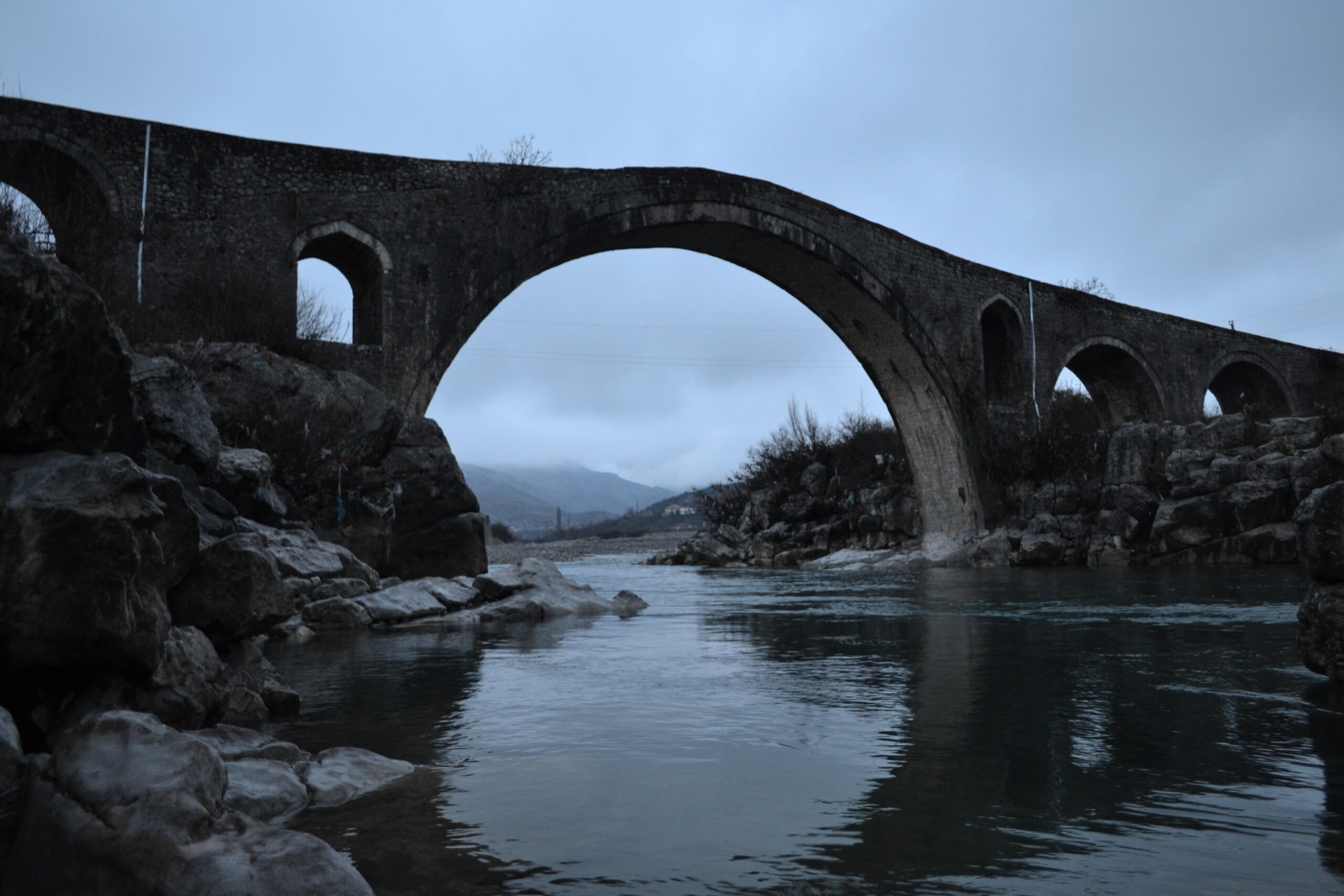
17. Pogradec
Pogradec is found not for away from central Albania. One of the most up-and-coming places to visit built alongside the shores of Lake Ohrid in the east of the nation.
Lake Ohrid is the deepest lake in the Balkan region. The city is famous for its rich folklore and its hosts the Puppet Theater Festival, one of the most interesting on the calendar.

18. Vlora
Vlora is the most popular coastal city in Albania. Located in to the south-west of Albania, Vlora has long been best known for its olive production.
In Vlora, you will meet with many important historic sights. The most famous of them is the Albanian Independence Proclamation Building, which is where Albania declared independence.
The area of Uji i Ftohtë (cold water) in Vlora is popular with younger tourists due to the variety of hip bars and restaurants.
